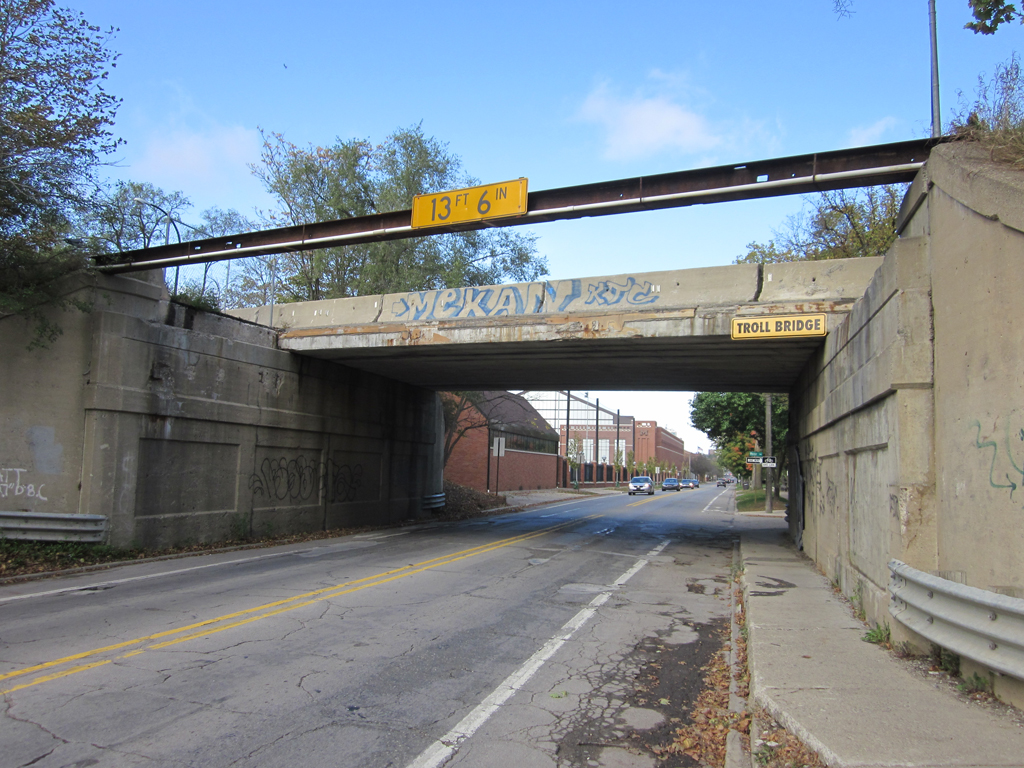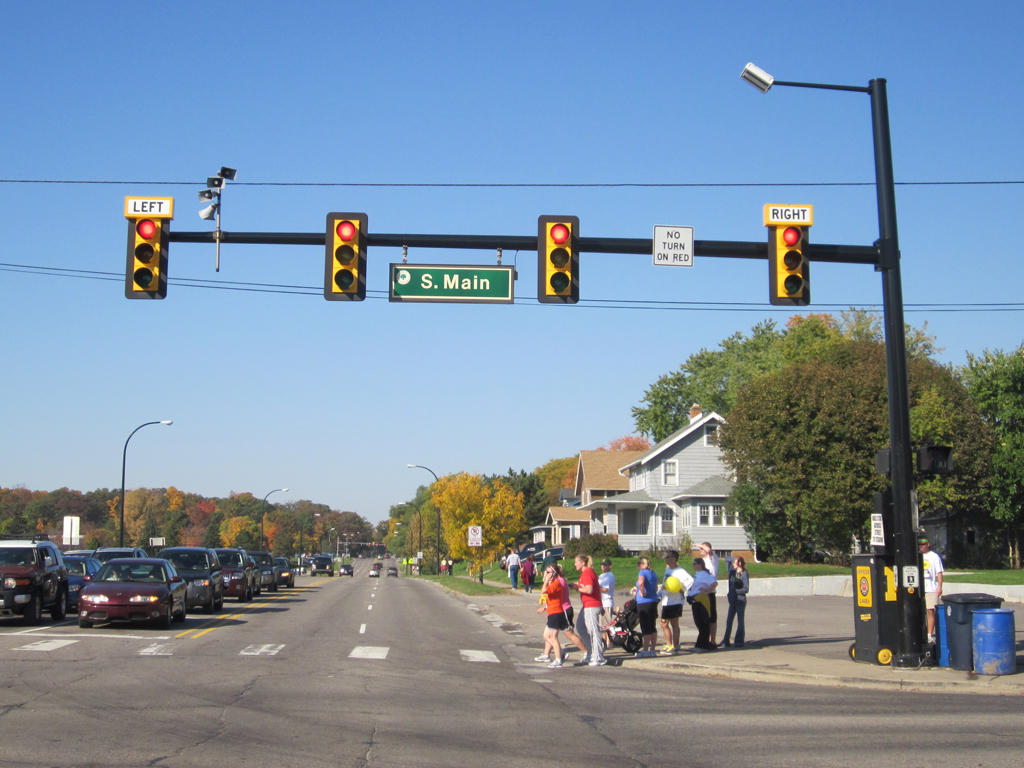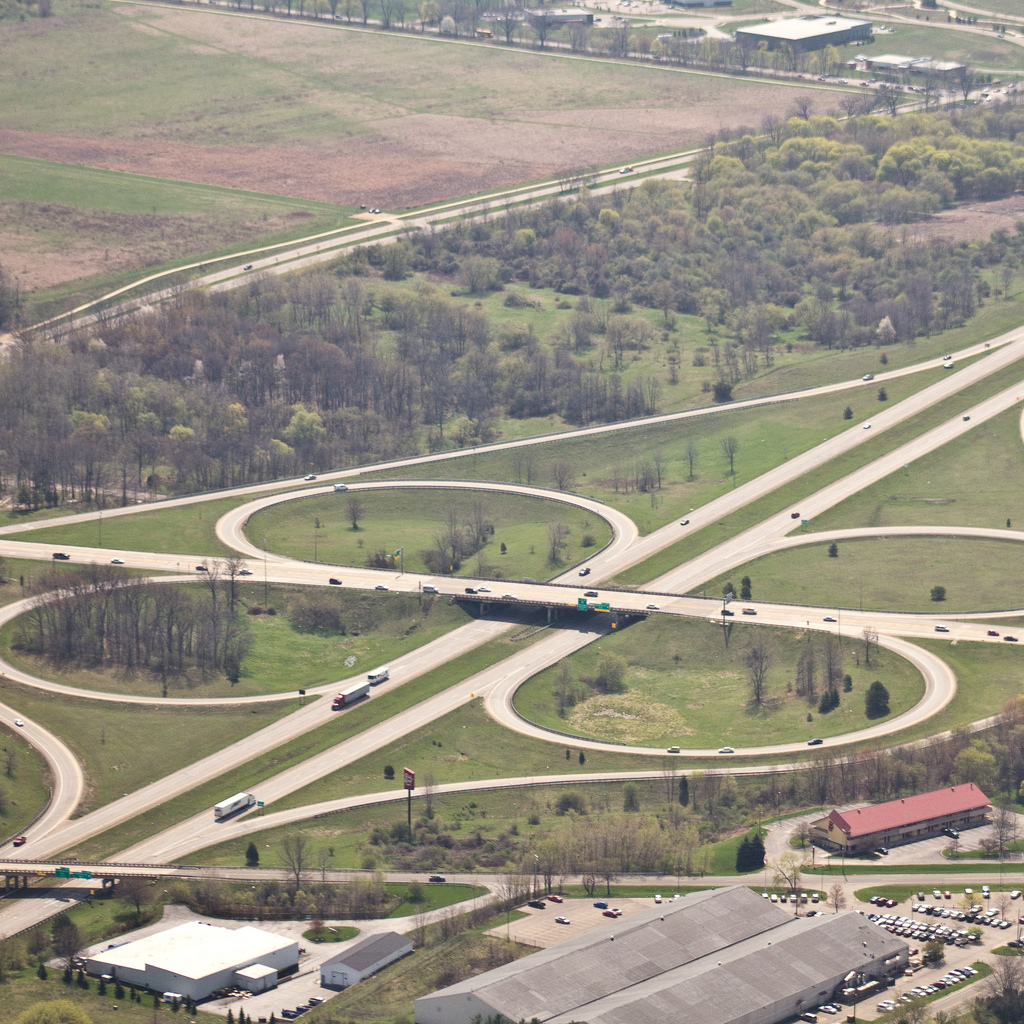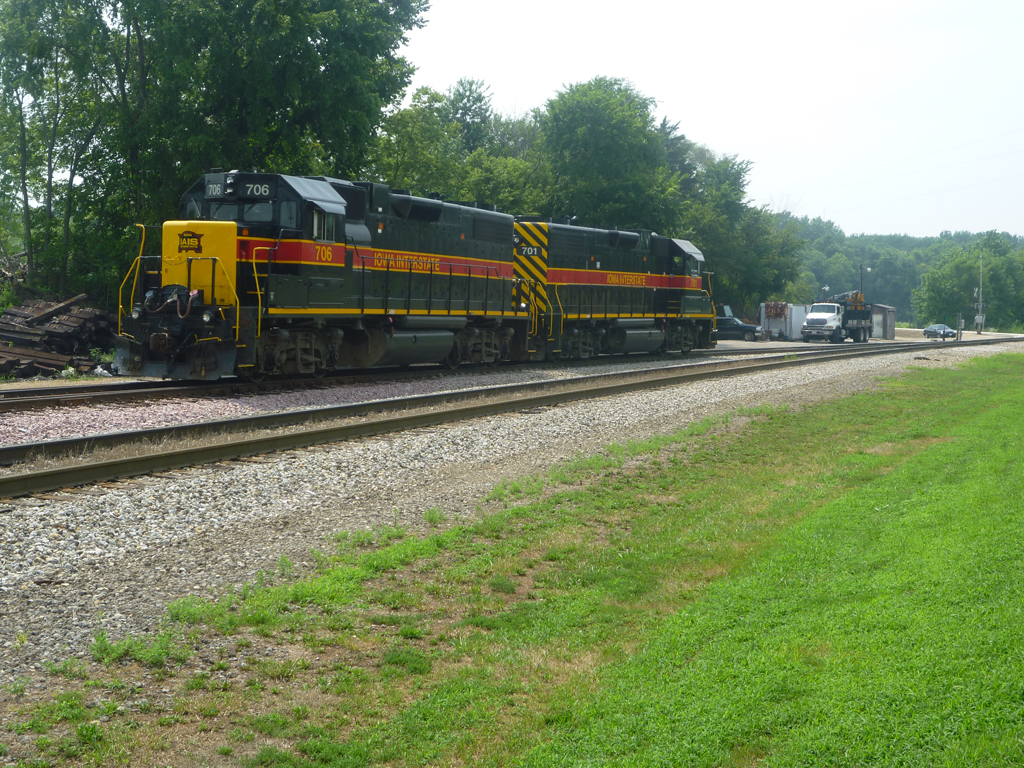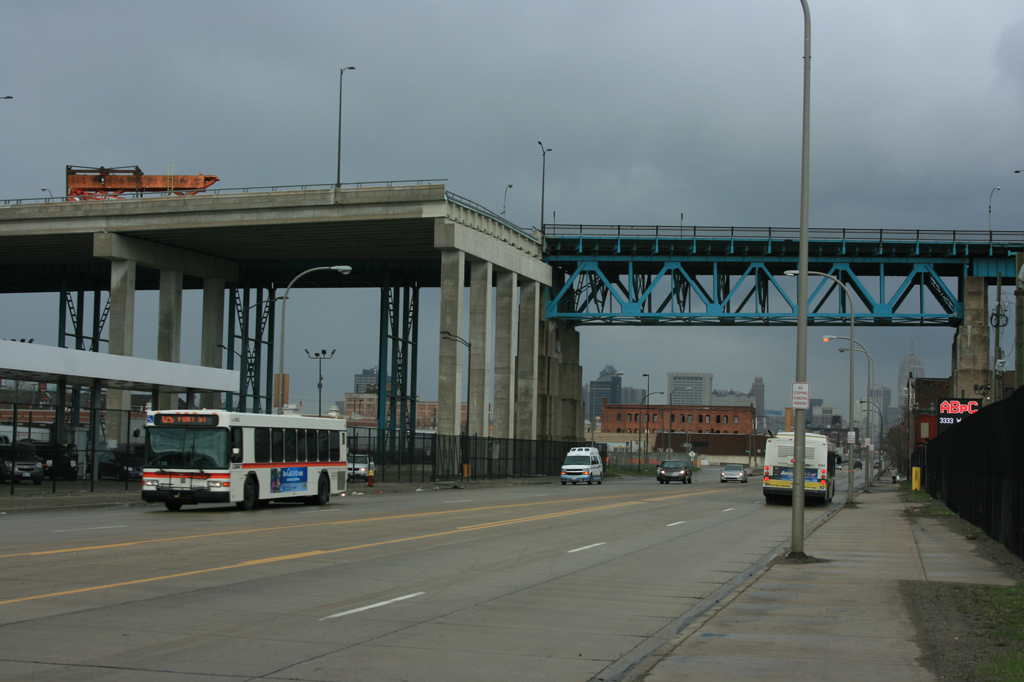
Photo Credit: Karl Jansen
This is the underside of a concrete bridge. Technically, this is known as the substructure, or the part of the whole structure that supports the superstructure, or the roadway in this case. You can see nicely the beams and girders that run laterally and longitudinally under the bridge superstructure, and the massive columns that extends vertically down to the ground to provide the support. The substructure is an important element of every bridge.
